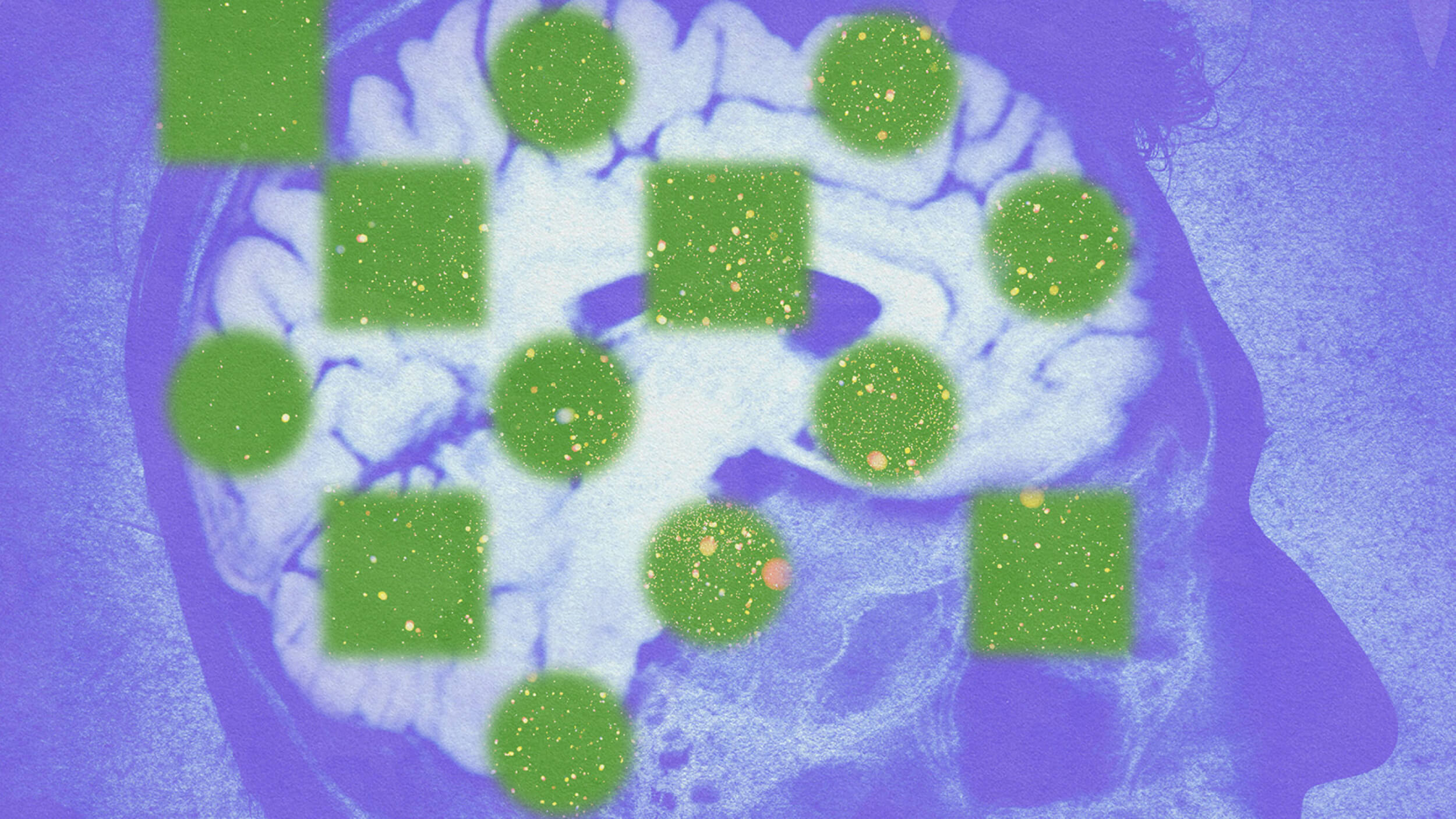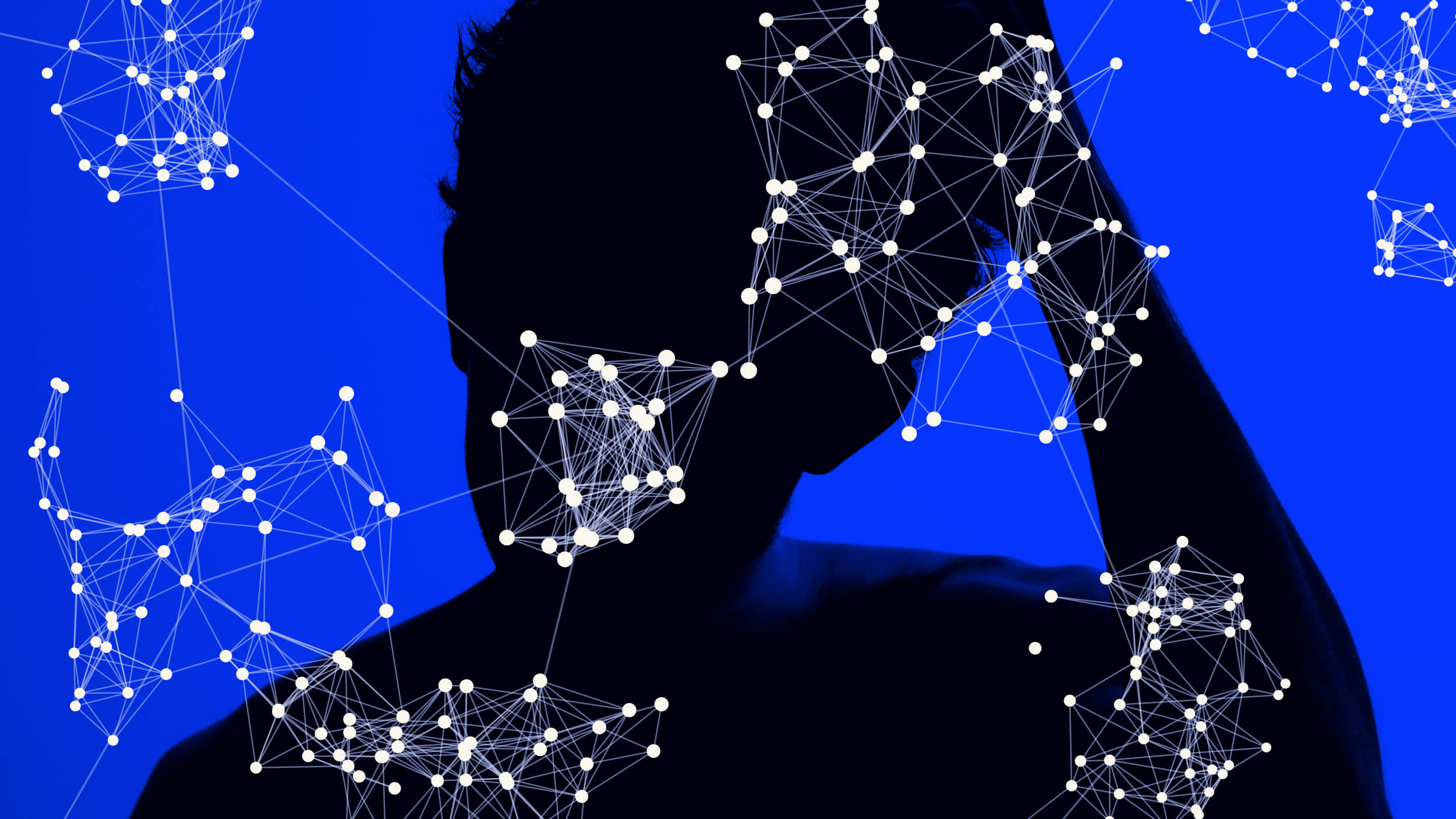Our minds don’t capture and record reality, but rather blend experience with fantasy—a process that often results in convincing, yet completely false, memories.
Question: How do we produce false rnmemories?
rnrnOttaviornArancio: It happens in mostrnlikely you were storing things in the brain and you are confusing from rnmaybernyour fantasy with the reality and… or, one possibility. Thern other possibility, like you had thernwrong perception of what you saw, so you’re storing this in a way rnbecause yournare convinced that it’s that way, but it was not that way. rn Let’s say I make two goodrnexamples. I mean you’re convincedrnthat maybe you were not… did notrnpay that much attention and you’re convinced that person was dressed in rnredrninstead it was pink or a color close to red then you store the thing rnthatrnway. Obviously with time thernmemory will become more faraway, certain aspects could disappear and we rncouldrnfill them with other aspects just to fill the gap, so we make up for thern memoryrnand we build up the memory in the time of recalling the memory we are rnrecallingrnstuff that occurred in other circumstances because when it’s a memory rnit’s not…rnOur brain is not a recorder like passive recorder. It’s more active rnprocesses,rnso being an active process there could be ways of you know changing it rnbecausernactively we can change it. That’srnsomething which is important. It’srnnot our brain is like a tape recorder or a TV or a VCR. Irn mean it’s not. It’s more active than that and rntherernare several steps in the process of memory and recalling a memory which rntherernare many, many steps, several steps and each one of them as a memory rncould bernlabile and could be you know changed into something else, substituted byrnsomething else.
rnrnQuestion: Can you explain this process?
rnrnOttaviornArancio: Yeah. You rnhave to look at memory as a processrnin which there are several steps which they apply some interference rnfrom. It’s not the right word, processing ofrnour brain of this information and this is just purely active and it’s rnjustrnchanged. It’s like when you changernsomething from analogue to digital just to make one of those things, thern videornfrom the computer and in the process of changing from analogue to rndigital yourncan change something and it would not be the same you know. What if you change a chip or somethingrnand you change the yellow into a green, so whatever was yellow will be rngreenrnand… or A, when I say an A you can even artificially change into a B if rnwantrnbecause if you tell the computer to change all the A into a B then rneverythingrnwill be a B or sometimes during this process some A will change into a Brn thenrnit will change. There is somernactivity, something that is there occurring and it changes.





